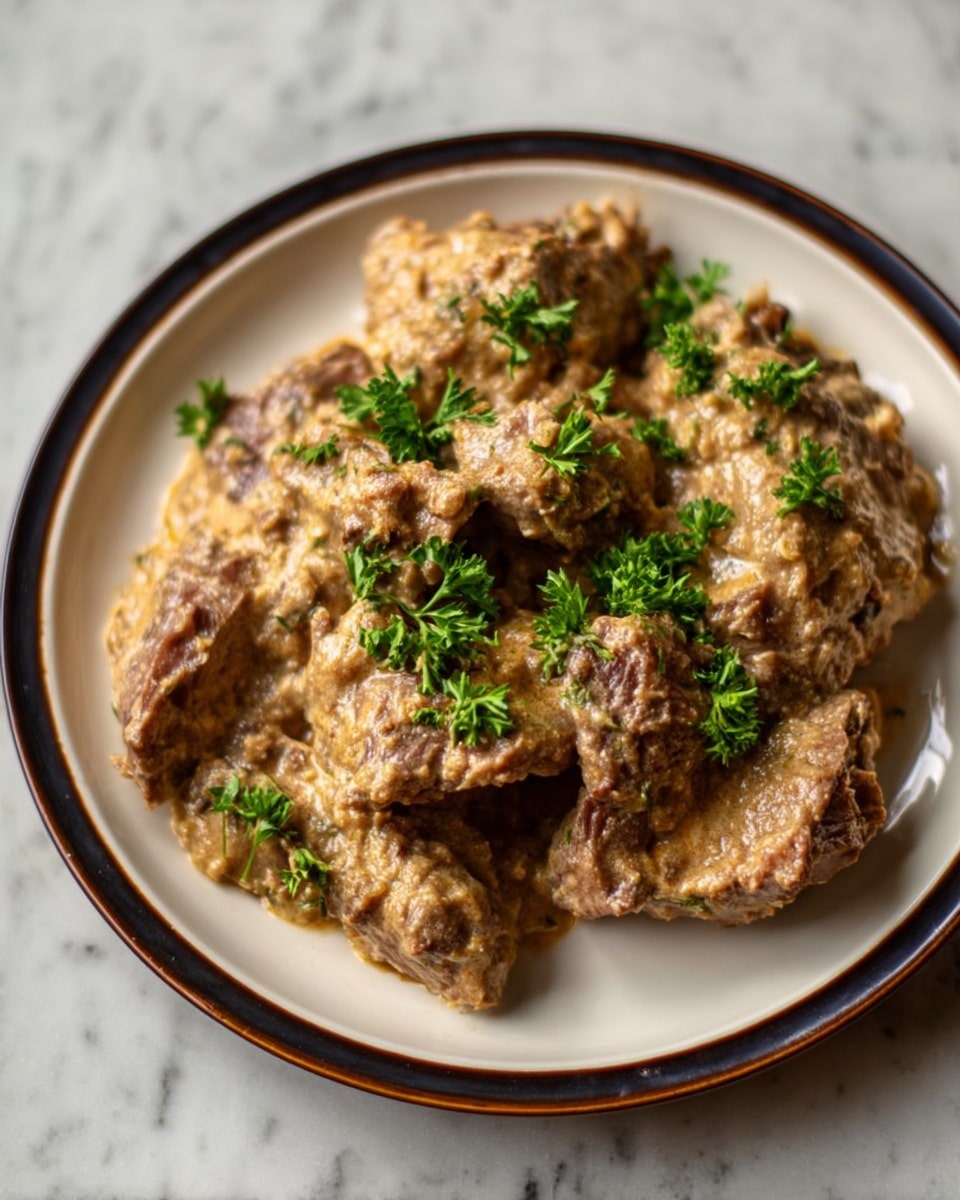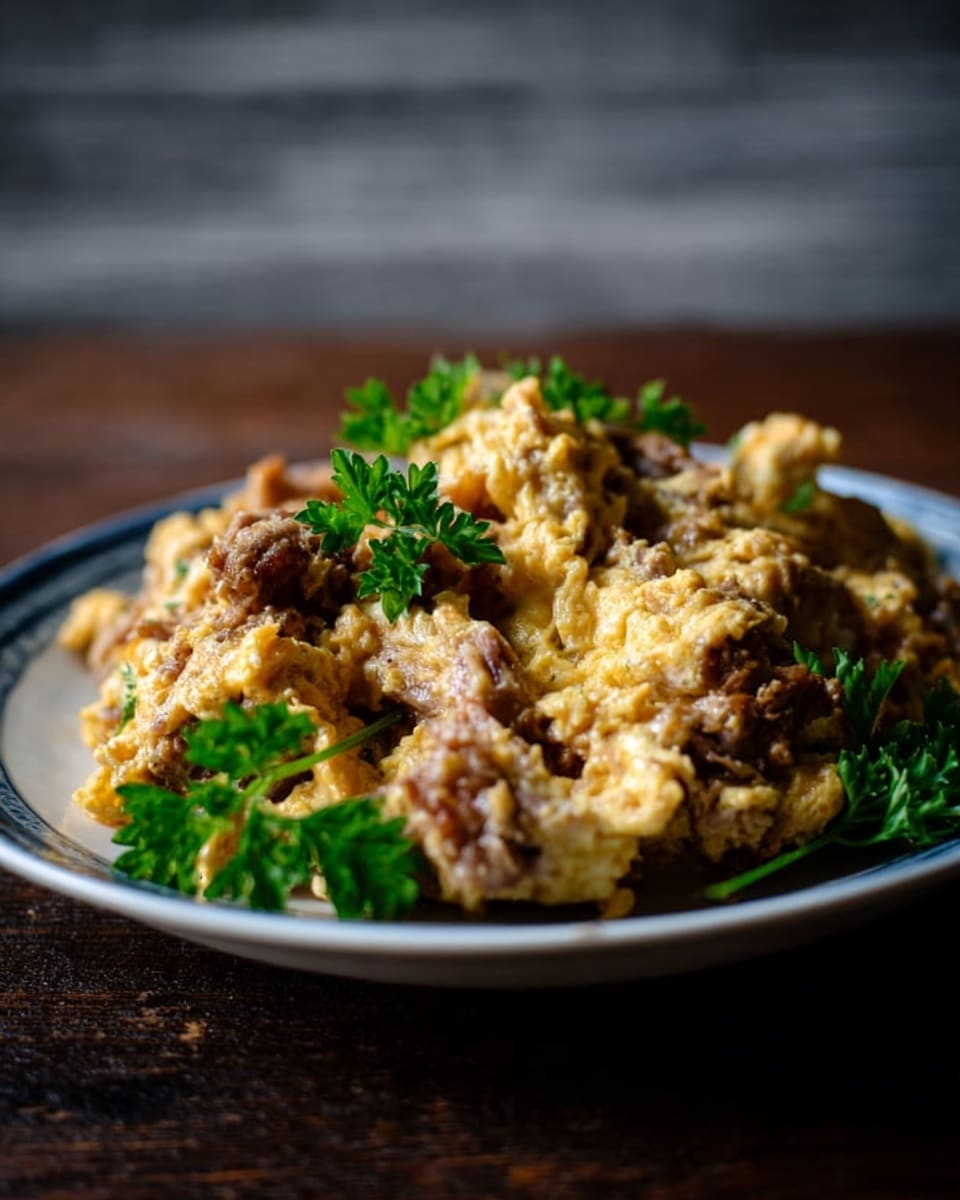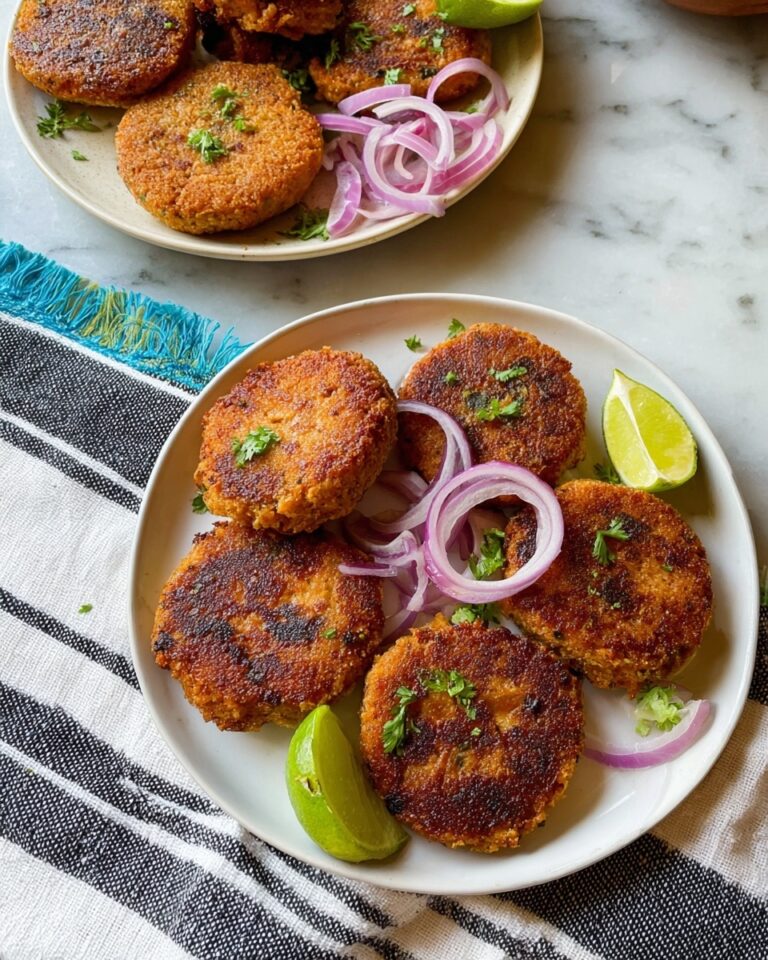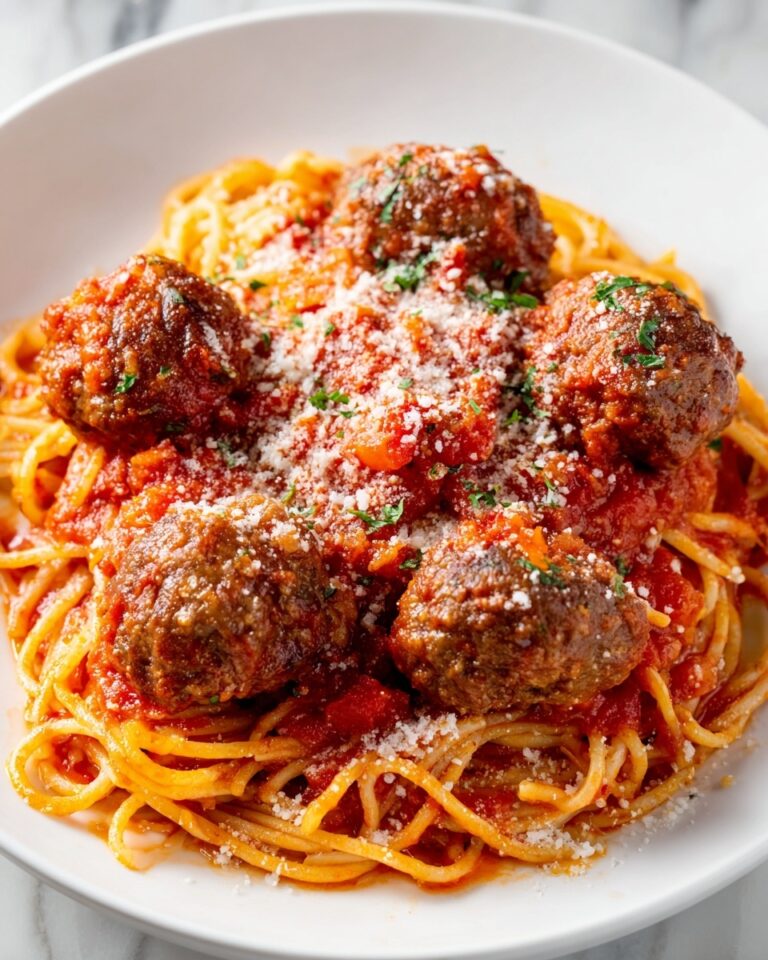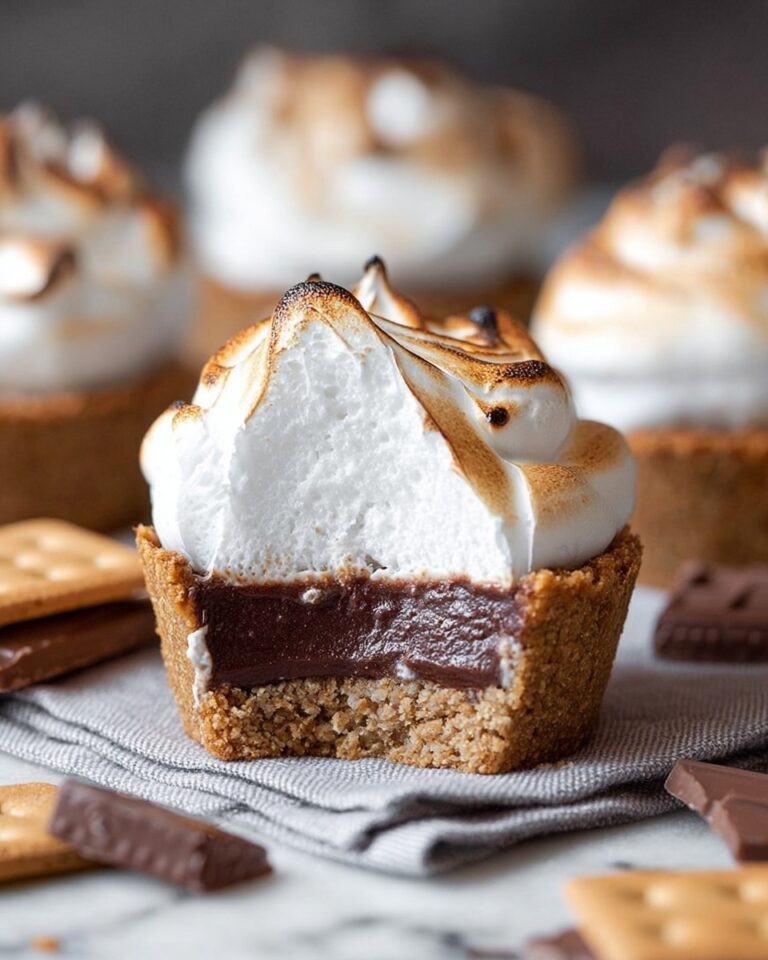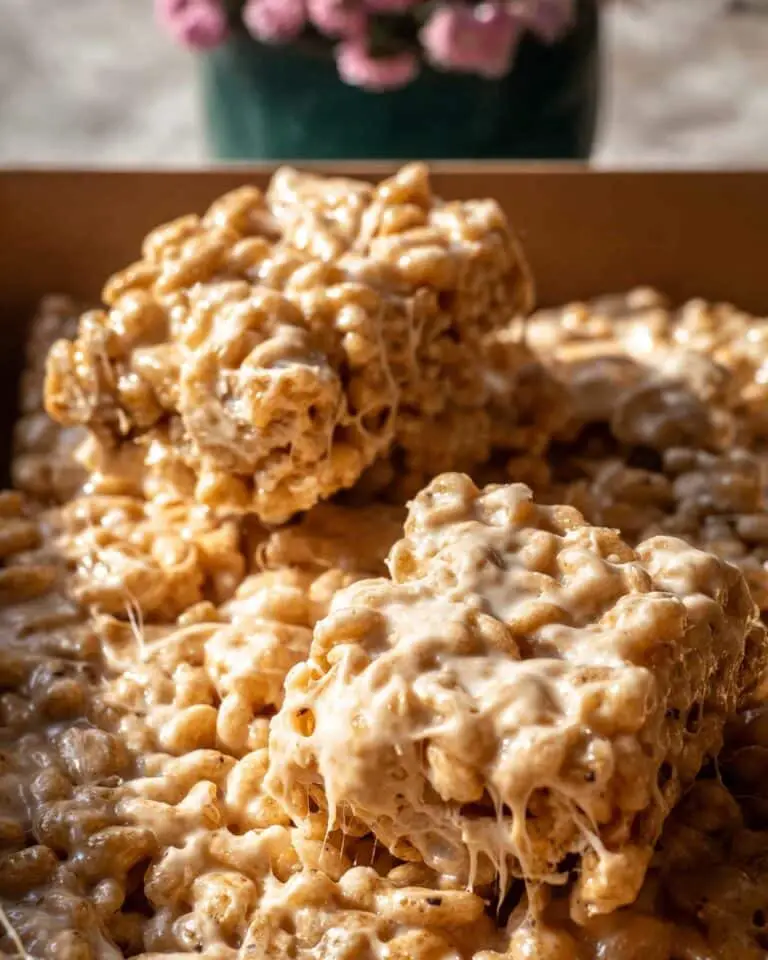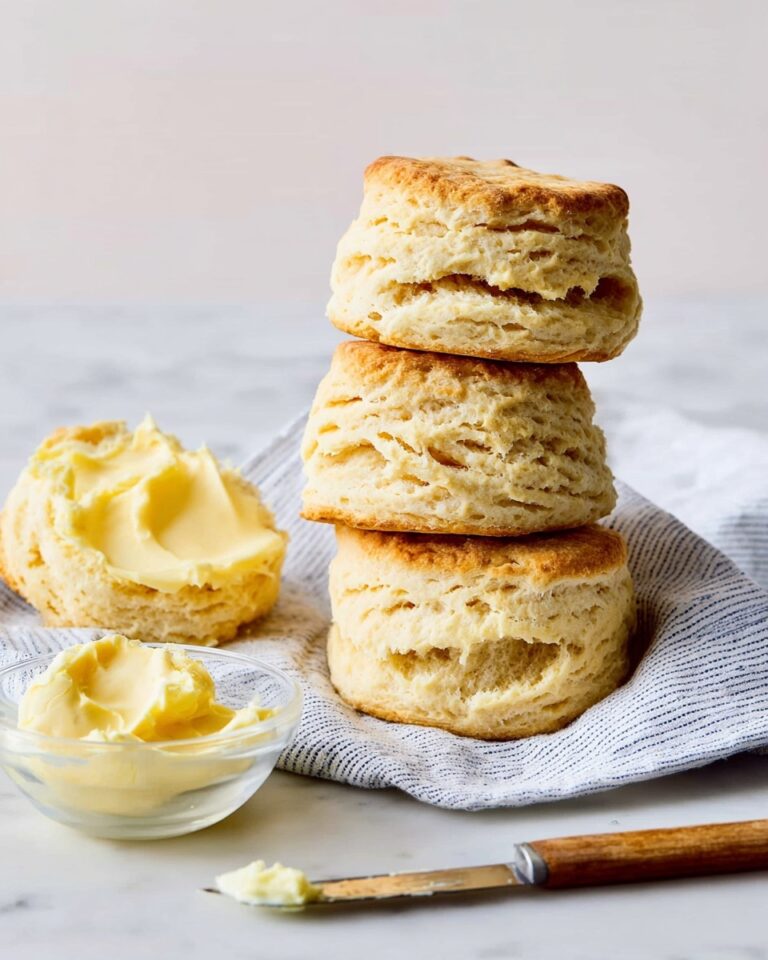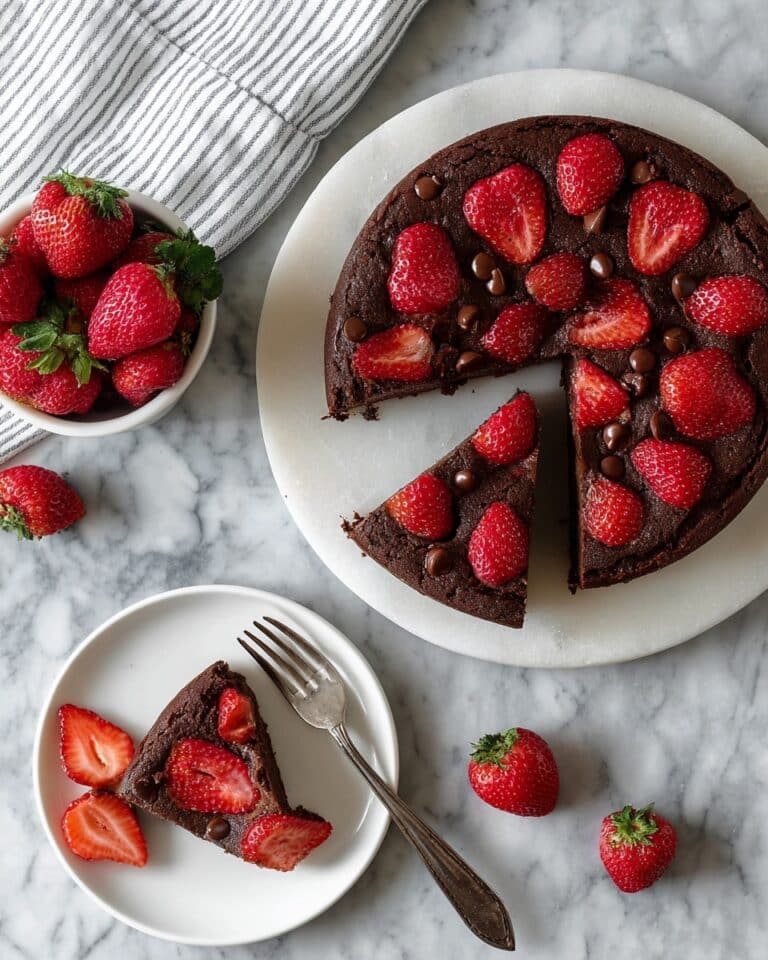If you’ve ever wondered how to make tender, flavorful game bird at home, I’ve got you covered with this How to Cook Pheasant in a Pressure Cooker Recipe that’s both simple and downright delicious. I absolutely love how this method turns pheasant from potentially dry and tough into juicy, melt-in-your-mouth perfection. Plus, using a pressure cooker means you lock in all those lovely flavors without hours in the kitchen—perfect for busy weeknights or an impressive dinner without the fuss. Trust me, once you try this, pheasant won’t just be a special occasion treat anymore!
Why You’ll Love This Recipe
- Speed and Ease: Cooking pheasant in a pressure cooker cuts down the time dramatically without sacrificing flavor or texture.
- Rich, Comforting Flavors: The butter-enriched broth sauce that forms at the end ties everything together beautifully.
- Juicy, Tender Meat: The pressure cooker locks moisture in, so you avoid the dryness that pheasant sometimes gets.
- Great for Beginners: I used to struggle with pheasant until I found this simple foolproof approach.
Ingredients You’ll Need
These ingredients come together in a way that enhances the pheasant’s natural flavor while adding some hearty warmth. Don’t worry if you’re not familiar with Hungarian paprika—it adds a lovely smoky, slightly sweet punch that really lifts the dish.
- Pheasant (bone in, cut into pieces): Bone-in pieces keep the meat juicy and impart great flavor during pressure cooking.
- Egg: Acts as a binder to hold the flour coating on the pheasant for a nice crust.
- Flour: Helps create a light crust that seals in the juices.
- Salt: Essential for seasoning – don’t skimp!
- Pepper: Freshly ground for the best flavor kick.
- Hungarian Paprika: Adds depth with a mild smoky sweetness.
- Chicken Broth: Keeps the pheasant moist while cooking and forms the base of the sauce.
- Butter: Added at the end for richness, creating a beautiful sauce from the cooking liquid.
- Vegetable Oil: For browning the pheasant and building flavor in the pressure cooker.
Variations
I love playing around with this recipe depending on what’s in season or what I’m craving. You really can’t go wrong, so feel free to get creative!
- Spicy Twist: I once added a pinch of cayenne pepper for a bit of heat, and it gave the dish a wonderful kick that my family couldn’t stop raving about.
- Herb Upgrade: Toss in some fresh thyme or rosemary before sealing the pressure cooker for an aromatic touch.
- Dairy-Free Option: Swap the butter at the end for olive oil or a dairy-free margarine to suit dietary needs.
- Vegetable Boost: Adding carrots, onions, or mushrooms right in the pot before pressure cooking can add both flavor and a side dish in one.
How to Make How to Cook Pheasant in a Pressure Cooker Recipe
Step 1: Prep Your Pheasant for a Perfect Crust
Start by beating an egg with a tablespoon of water in a shallow bowl. This creates a light “glue” so your dredging flour will stick beautifully. In another bowl, mix your flour, salt, pepper, and that lovely Hungarian paprika—you’ll smell that aroma, and it’s pure magic. Dip each piece of pheasant first into the egg wash, then dredge it in the flour mixture until fully coated. This coating is what locks in moisture during cooking and adds a subtle crust once browned.
Step 2: Brown the Pheasant in the Pressure Cooker
Heat a few tablespoons of vegetable oil in the bottom of your pressure cooker on the brown or sauté setting. Once hot, add the coated pheasant pieces and brown them on all sides. This step is key for flavor, so don’t rush it—it’s where that golden crust and deep color develop. Browning doesn’t cook the meat through but builds a tasty base for the sauce later.
Step 3: Pressure Cook to Juicy Perfection
Pour in 1 ½ cups of chicken broth, which will keep everything moist and infuse even more flavor. Lock the lid in place, bring the cooker up to full pressure, and cook for 25 minutes. One thing I’ve learned is to resist the temptation to open the lid too early—the magic happens with that natural pressure release, which helps tenderize the pheasant gently. After cooking, let the pressure come down on its own for the best texture.
Step 4: Finish with a Rich, Buttery Sauce
Carefully remove the pheasant pieces and set aside to rest. Turn your pressure cooker back to the brown setting and add the butter to the cooking liquid. Whisk it in until the sauce thickens and glistens—it’s rich, comforting, and perfectly coats the pheasant when you return it to the pan or serve it on the side. This simple finishing touch elevates the whole dish.
Pro Tips for Making How to Cook Pheasant in a Pressure Cooker Recipe
- Don’t Skip Browning: I learned that browning adds so much flavor depth and a beautiful texture you just can’t replicate by skipping this step.
- Use Natural Pressure Release: Letting the pheasant rest during pressure release keeps the meat tender and avoids it drying out.
- Keep Your Seasonings Balanced: Hungarian paprika is the secret weapon here, but be sure to taste the sauce at the end and adjust salt if necessary.
- Don’t Overcrowd the Cooker: Give pieces enough space to brown properly otherwise they’ll steam instead and won’t get that lovely crust.
How to Serve How to Cook Pheasant in a Pressure Cooker Recipe
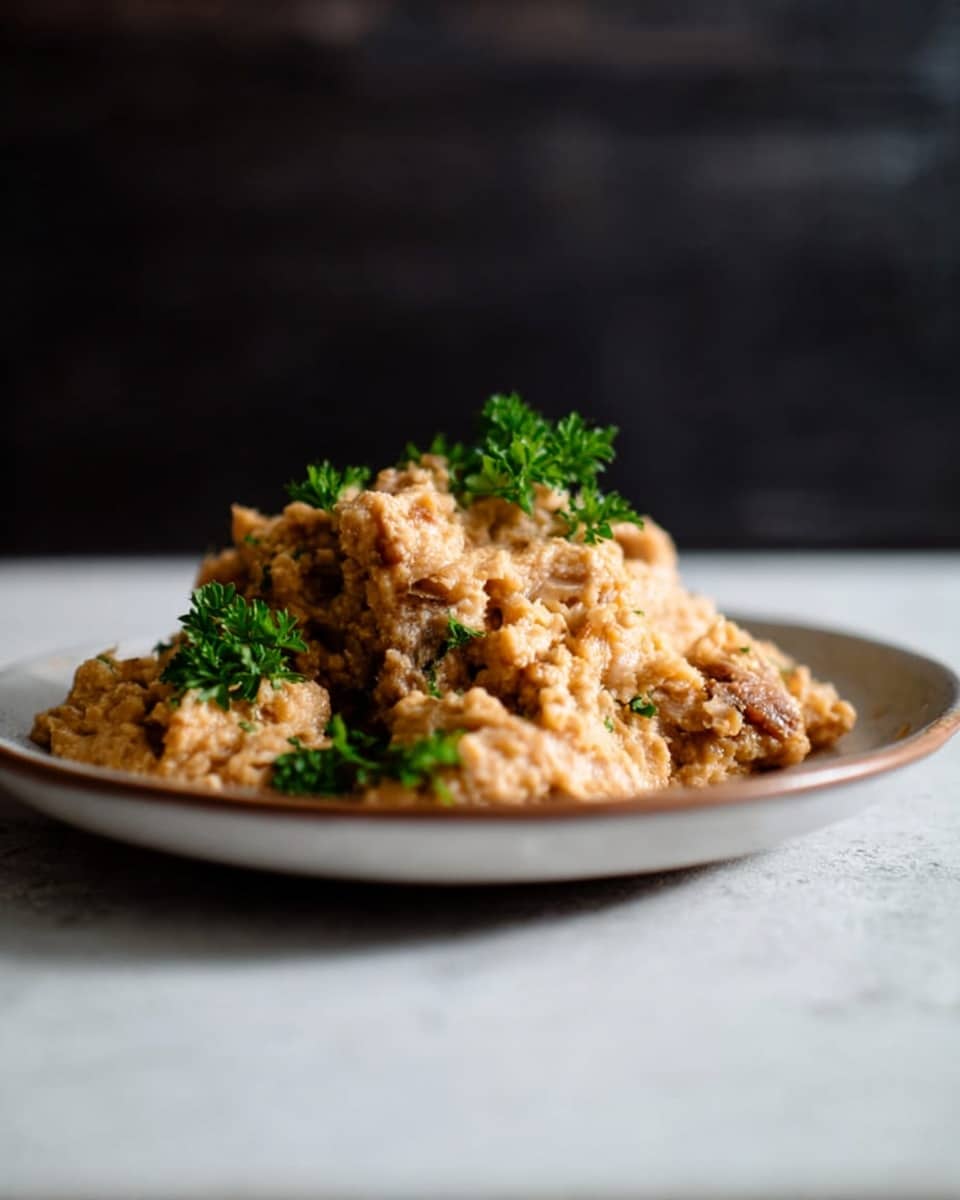
Garnishes
I usually finish with a sprinkle of fresh chopped parsley or thyme because the green adds brightness to the rich dish. A squeeze of lemon zest is a great way to cut through the butter sauce and bring some fresh zing.
Side Dishes
This pheasant pairs beautifully with buttery mashed potatoes or creamy polenta—they soak up the sauce so well. Roasted root vegetables, like carrots and parsnips, also add a lovely sweetness that balances the gamey notes.
Creative Ways to Present
For a special dinner, I’ve served the pheasant over a bed of wild rice with a drizzle of the butter sauce and a side of sautéed mushrooms. It’s elegant enough for guests but still feels rustic and comforting. Another fun idea is to serve pheasant on warm crusty bread with sauce as an open-faced sandwich for a casual feast.
Make Ahead and Storage
Storing Leftovers
Your leftovers will keep well in an airtight container in the fridge for up to 3 days. I recommend storing the pheasant separate from the sauce if possible, then reheating them together gently to preserve texture.
Freezing
I freeze leftover pheasant and sauce in freezer-safe containers. It reheats nicely without losing moisture—just thaw overnight in the fridge before warming it up slowly on the stovetop.
Reheating
The best way I’ve found to reheat this pheasant is gently in a covered skillet over low heat, adding a splash of broth or water to keep it moist. Avoid microwaving if you want to maintain that delicate texture.
FAQs
-
Can I use frozen pheasant for this pressure cooker recipe?
Yes, you can! I recommend thawing the pheasant completely before starting—this helps ensure even cooking and browning. Cooking frozen pieces straight in the pressure cooker may lead to uneven textures.
-
What if I don’t have Hungarian paprika? Can I substitute?
If you don’t have Hungarian paprika, a mild smoked paprika or plain sweet paprika works fine. Just avoid hot paprika unless you want the dish spicier. The flavor slightly changes but remains delicious.
-
How do I know when the pheasant is cooked perfectly in the pressure cooker?
The 25-minute pressure cook time is usually spot on for juicy, tender meat. You’ll know it’s done when the meat easily pulls away from the bone and is no longer pink inside. Always allow natural pressure release for best results.
-
Can I add vegetables directly into the pressure cooker?
Absolutely! Root veggies like carrots or potatoes work great. Just cut them into chunks and add them with the broth before sealing. Vegetables will cook right along with the pheasant, soaking up the flavors.
Final Thoughts
This How to Cook Pheasant in a Pressure Cooker Recipe has become such a go-to for me whenever I want to treat my family to something special without fussing for hours. The rich sauce, tender meat, and that subtle smokiness from the paprika—it’s comfort food at its finest. I genuinely hope you enjoy this recipe as much as we do. Give it a try and you might find yourself reaching for pheasant more often than you ever imagined!
Print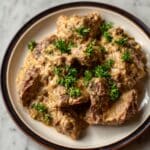
How to Cook Pheasant in a Pressure Cooker Recipe
- Prep Time: 15 minutes
- Cook Time: 35 minutes
- Total Time: 50 minutes
- Yield: 4 servings
- Category: Main Course
- Method: Instant Pot
- Cuisine: American
Description
This recipe demonstrates how to cook pheasant in a pressure cooker, resulting in tender, flavorful meat with a rich, paprika-infused sauce. The pheasant pieces are dredged in seasoned flour, browned in oil inside the pressure cooker, then cooked under pressure with chicken broth to retain moisture and enhance flavor. A buttery pan sauce completes this hearty dish.
Ingredients
Pheasant and Coating
- 1 pheasant, bone-in, cut into pieces
- 1 egg
- 1 cup flour
- 1 teaspoon salt
- 1 teaspoon pepper
- 1 teaspoon Hungarian paprika
Cooking and Sauce
- 1 1/2 cups chicken broth
- 2 to 3 tablespoons butter
- Vegetable oil (a few tablespoons for browning)
Instructions
- Prepare the Egg Wash: Beat the egg with a little water in a bowl until well combined to create a wash that helps the flour mixture adhere to the pheasant pieces.
- Mix the Flour Coating: In a separate bowl, combine the flour, salt, pepper, and Hungarian paprika thoroughly to season the coating evenly.
- Coat the Pheasant: Dip each piece of pheasant into the egg wash to moisten, then dredge it thoroughly in the flour mixture, ensuring an even coating all around.
- Brown the Pheasant: Heat a few tablespoons of vegetable oil in the pressure cooker on its ‘brown’ setting. Once hot, carefully add the coated pheasant pieces and brown them on all sides to develop color and flavor.
- Add Broth and Cook Under Pressure: Pour the chicken broth into the pressure cooker with the browned pheasant. Cover and bring the cooker to full pressure; cook for 25 minutes under pressure to tenderize the meat.
- Release Pressure and Remove Meat: Allow the pressure to release naturally to avoid toughening the meat. Once safe, open the lid and remove the pheasant pieces, setting them aside on a plate.
- Make the Sauce: Add the butter to the remaining liquid in the cooker. Using the ‘brown’ setting, whisk the butter into the broth to create a rich, flavorful pan sauce to accompany the pheasant.
Notes
- Ensure the pheasant is cut into uniform pieces to promote even cooking.
- Natural pressure release helps keep the pheasant tender and juicy.
- You can adjust the amount of paprika depending on your spice preference.
- If your pressure cooker does not have a brown setting, use the sauté function to brown the meat and make the sauce.
- Serve with hearty sides like mashed potatoes or steamed vegetables to complement the rich flavors.
Nutrition
- Serving Size: 1/4 of the recipe
- Calories: 380
- Sugar: 1 g
- Sodium: 450 mg
- Fat: 20 g
- Saturated Fat: 8 g
- Unsaturated Fat: 10 g
- Trans Fat: 0 g
- Carbohydrates: 15 g
- Fiber: 1 g
- Protein: 35 g
- Cholesterol: 110 mg

